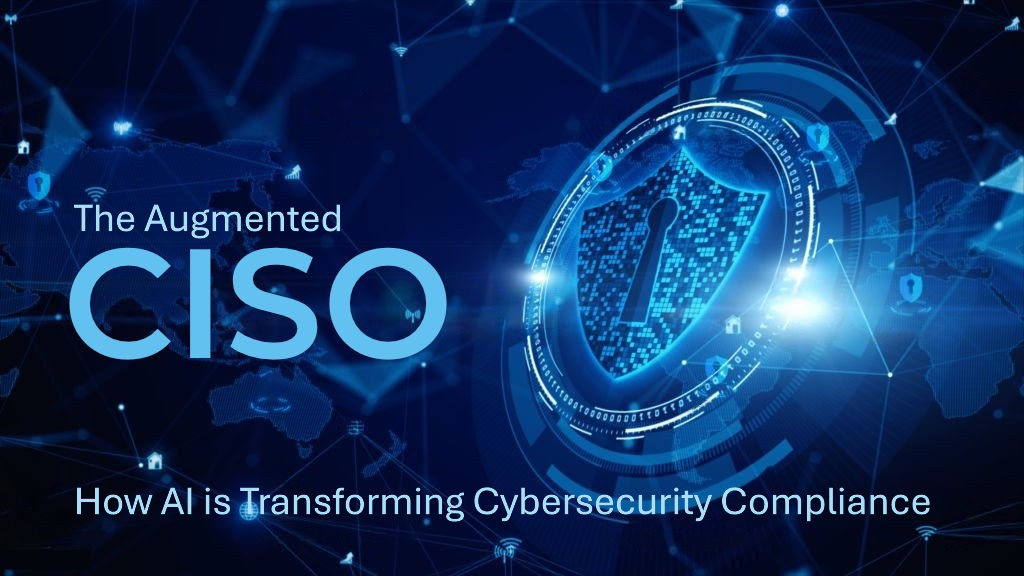The Augmented CISO: How AI is Transforming Cybersecurity Compliance

Faced with an ever-growing web of cybersecurity regulations and evolving threats, the role of the Chief Information Security Officer (CISO) is undergoing a profound transformation. Artificial Intelligence (AI) is emerging as a critical ally, reshaping security compliance strategies. But how far can automation go without compromising human oversight and accountability?
Cybersecurity Compliance Under Pressure
In today’s digital landscape, CISOs are under constant pressure to ensure compliance with a complex and ever-changing regulatory framework. With laws like DORA, NIS2, GDPR, and the upcoming EU AI Act, organizations must demonstrate robust cybersecurity measures, risk mitigation strategies, and incident response capabilities.
However, achieving compliance is becoming increasingly resource-intensive and costly as, on average, large organizations spend an average of 10% of their IT budget on compliance-related activities. Traditional manual processes—policy audits, risk assessments, reporting, and third-party risk management—are no longer scalable.
This is where AI is stepping in as a game-changer for CISOs, offering tools that enhance efficiency, improve accuracy, and free up cybersecurity teams to focus on proactive risk management rather than administrative burdens.
AI: A New Pillar for Cybersecurity Compliance
AI-driven tools, particularly Large Language Models (LLMs) and Retrieval-Augmented Generation (RAG) technology, are redefining how organizations approach cybersecurity compliance. Rather than replacing CISOs, these technologies augment their capabilities, allowing them to manage security risks more effectively.
🔹 Automated Compliance Audits – AI can scan security policies, logs, and regulatory frameworks to identify gaps and generate compliance reports, reducing the manual workload by up to 60%.
🔹 Intelligent Risk Assessment – AI-driven analysis of security incidents and vulnerabilities helps prioritize threats based on regulatory impact.
🔹 Real-Time Regulatory Monitoring – AI continuously tracks changes in cybersecurity laws and automatically updates compliance requirements, ensuring that CISOs are always aligned with evolving standards.
This shift means that the CISO’s role is evolving. Instead of spending countless hours on administrative compliance tasks, CISOs can leverage AI to enhance decision-making, optimize risk management, and focus on proactive security strategies.
The Rise of the Augmented CISO
The integration of AI in cybersecurity compliance does not mean a loss of human control. The EU AI Act, taking effect in February 2025, mandates strict transparency and accountability in AI-driven decision-making.
CISOs must adapt to a new reality where AI acts as a powerful security enabler but requires proper governance and human oversight to ensure ethical and effective implementation. AI is not a black box—it must be auditable, explainable, and aligned with security best practices.
In the coming years, organizations that successfully combine AI technology with human expertise will be the best prepared to navigate the complex cybersecurity compliance landscape.
The question is no longer whether AI has a role in cybersecurity compliance—it’s how to integrate it effectively to maximize security, efficiency, and resilience.